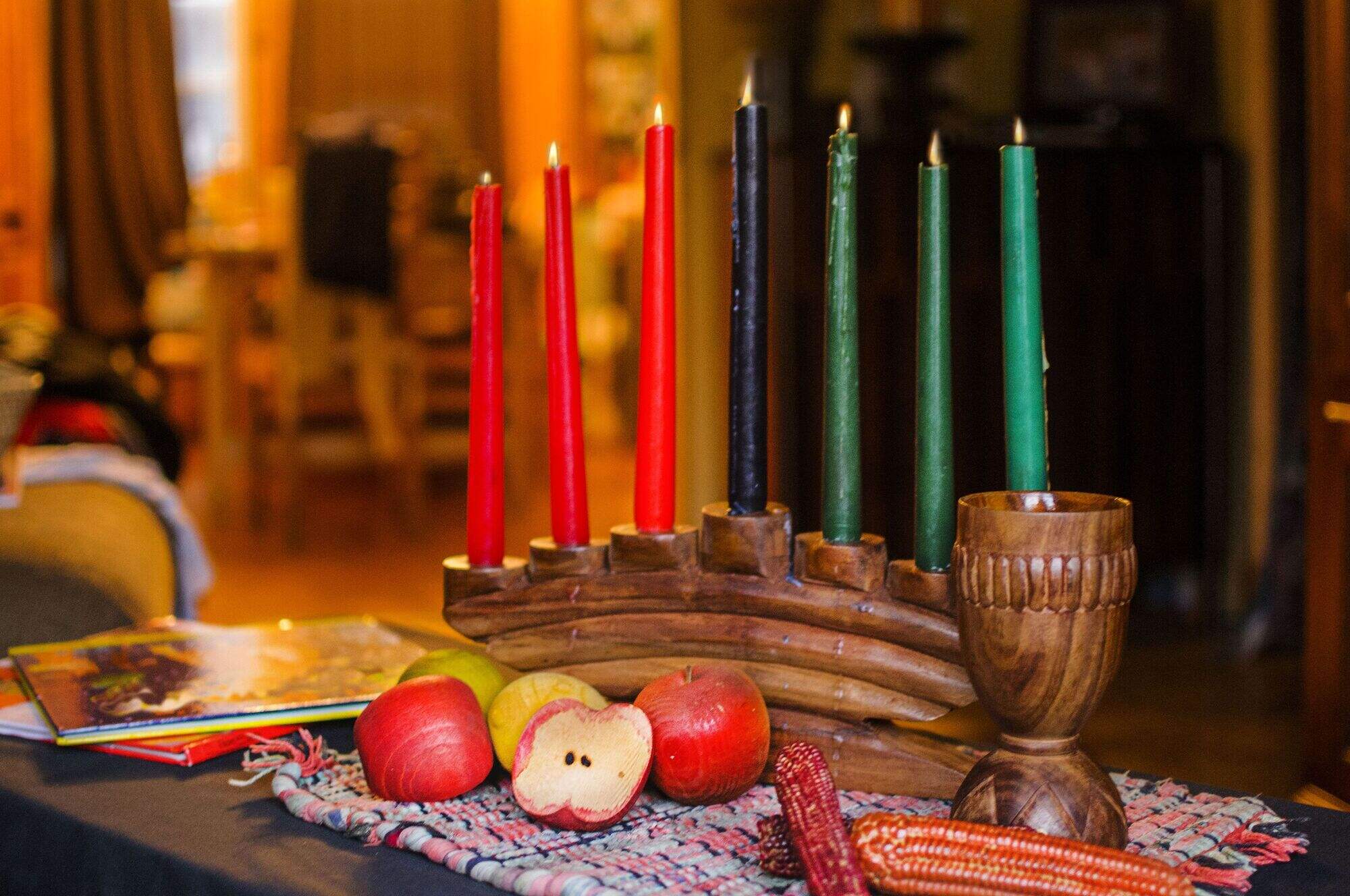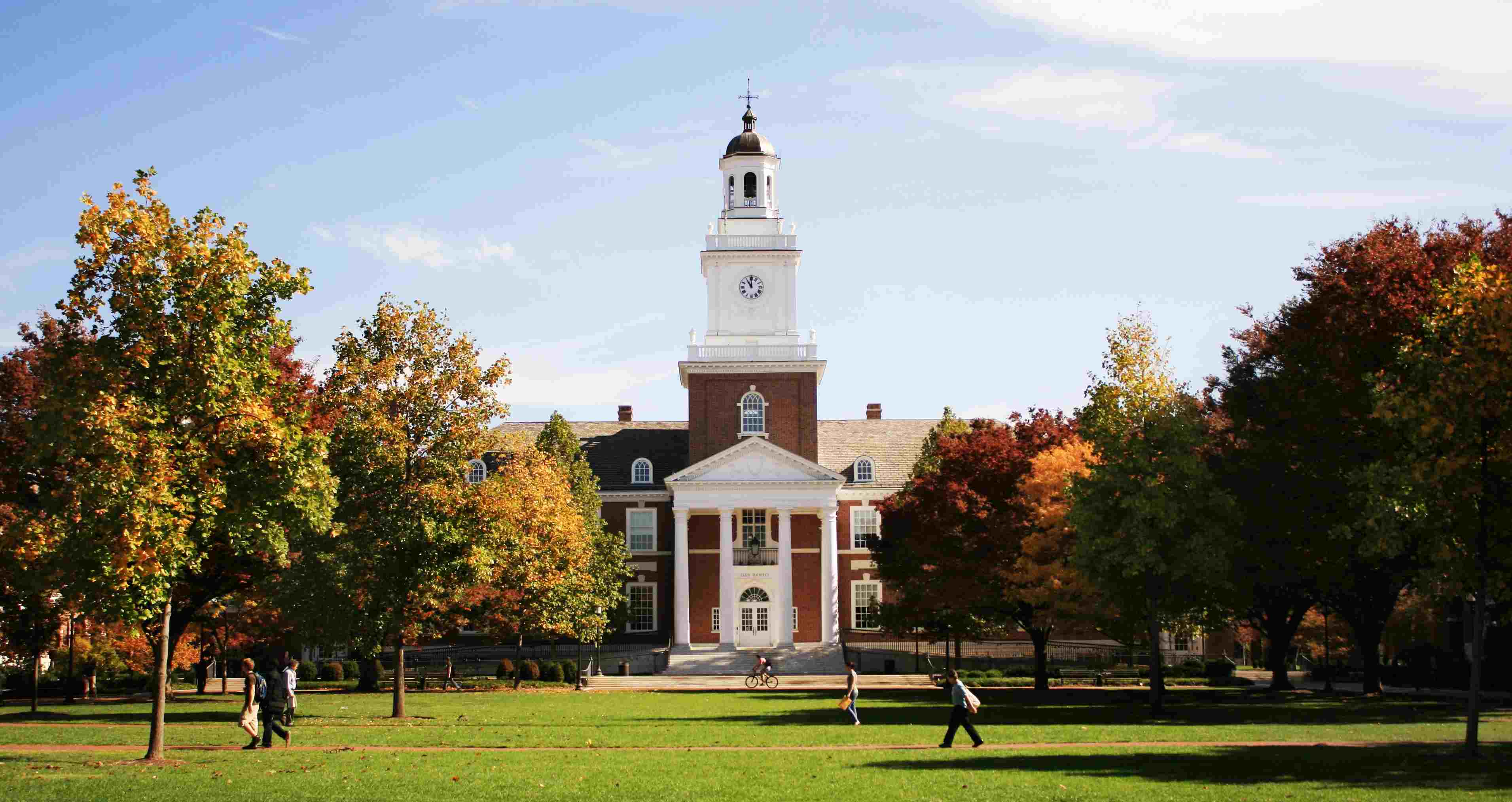
Ever wondered about the origins and traditions of Kwanzaa? Well, you're in for a treat! Kwanzaa, a week-long celebration honoring African heritage in African-American culture, is not just another holiday. It's a vibrant fusion of history, values, family, and community. From its inception in 1966 by Dr. Maulana Karenga to its unique symbols and values, Kwanzaa invites us to reflect on our collective past and aspire for a unified future. Kwanzaa is celebrated from December 26th to January 1st, each day focusing on one of the seven core principles, or Nguzo Saba. So, grab a cup of something warm, and let's dive into the heartwarming world of Kwanzaa. Ready to be amazed by some of the most fascinating facts about this holiday?
Key Takeaways:
- Kwanzaa is a week-long celebration of African heritage, promoting unity, creativity, and community values among African Americans and the global African diaspora.
- Through symbols, principles, and traditions, Kwanzaa inspires reflection on the past, celebration of African culture, and a recommitment to family and community values.
What Is Kwanzaa?
Kwanzaa, celebrated from December 26 to January 1, is a week-long celebration honoring African heritage in African-American culture. Initially established in 1966 by Dr. Maulana Karenga, its goal was to provide African Americans with an opportunity to celebrate themselves and their history, rather than simply imitating the practices of the dominant society.
Origins of Kwanzaa
- Kwanzaa's roots can be traced back to the Black Freedom Movement of the 1960s, embodying a proactive celebration of African culture and community values.
The Seven Principles
- Central to Kwanzaa are the Seven Principles, or Nguzo Saba, which represent values of African culture that contribute to building and reinforcing community among African Americans. These principles are Unity, Self-Determination, Collective Work and Responsibility, Cooperative Economics, Purpose, Creativity, and Faith.
Symbols of Kwanzaa
- Several symbols represent Kwanzaa, including a mat (Mkeka) on which other symbols are placed: a Kinara (candle holder), Mishumaa Saba (seven candles), crops (Mazao), a unity cup (Kikombe cha Umoja), and gifts (Zawadi). Each symbolizes values and concepts reflective of African culture.
Celebrating Kwanzaa
- Celebrations often include singing and dancing, African drums, storytelling, poetry reading, and a large traditional meal. On the last day, a communal feast called Karamu is held.
Kwanzaa Around the World
- While it originated in the United States, Kwanzaa is celebrated by millions of people worldwide, particularly among African American and Pan-African communities.
The Meaning Behind the Candles
- The Kinara holds seven candles, each representing one of the Seven Principles. Three red candles on the left, three green on the right, and a single black candle in the center.
The Importance of Gifts
- Gifts given during Kwanzaa are usually handmade, symbolizing the value of self-determination, purpose, and creativity. They are often educational or artistic.
The Colors of Kwanzaa
- The colors black, red, and green are symbols within Kwanzaa. Black represents the people, red for their struggle, and green for the future and hope that comes from their struggle.
The Impact of Kwanzaa
- Kwanzaa serves as a reminder of the strength and resilience of African culture and the importance of family and community. It encourages reflection on the past and a recommitment to the highest cultural ideals of African community.
Kwanzaa and Its Global Influence
- Beyond its American roots, Kwanzaa has influenced and been adopted by communities around the globe, promoting unity and cultural heritage among the African diaspora.
The Evolution of Kwanzaa Celebrations
- Over the years, Kwanzaa has evolved from a small activist movement to a mainstream cultural celebration, reflecting broader recognition and appreciation of its values.
Kwanzaa in Modern Times
- Today, Kwanzaa is celebrated not just in private homes but also in public spaces, schools, and community centers, often featuring African music, dance, and traditional ceremonies.
The Educational Aspect of Kwanzaa
- Kwanzaa provides an opportunity for learning about African cultural heritage, with activities designed to educate participants about the continent's rich traditions and history.
The Role of Food in Kwanzaa
- Food plays a significant role in Kwanzaa celebrations, with dishes that are African-inspired or from the African diaspora, symbolizing unity and sharing.
Kwanzaa's Relevance Today
- Despite its origins in the 1960s, Kwanzaa remains relevant as a celebration of African heritage, emphasizing values such as unity, self-determination, and collective work and responsibility.
How Kwanzaa Inspires Community Building
- Kwanzaa encourages the strengthening of community bonds, fostering a sense of belonging and mutual support among participants.
The Future of Kwanzaa
- As it continues to grow in popularity, Kwanzaa's future looks bright, with potential to further influence and inspire the celebration of African heritage globally.
Kwanzaa and Social Media
- Social media has played a significant role in spreading awareness of Kwanzaa, allowing those who celebrate to share their traditions, stories, and celebrations with a wider audience.
Kwanzaa's Universal Messages
- The principles of Kwanzaa, while rooted in African culture, carry universal messages of community, responsibility, and progress that resonate with people across different backgrounds.
Reflecting on Kwanzaa's Significance
- Reflecting on Kwanzaa offers an opportunity to celebrate African cultural heritage, acknowledge the contributions of African Americans, and recommit to the core values of family, community, and culture.
A Final Look at Kwanzaa's Rich Heritage
Kwanzaa, a celebration rich in cultural significance and community spirit, stands out as a vibrant testament to African heritage and values. Through its seven principles, or Nguzo Saba, it promotes unity, self-determination, collective work and responsibility, cooperative economics, purpose, creativity, and faith. These principles guide not just the African-American community but also resonate with individuals worldwide who seek to embody these values in their daily lives. Celebrating Kwanzaa means engaging in a tradition that honors the past while building a foundation for the future. It's more than just a holiday; it's a reflection of a community's heart, resilience, and commitment to growth and empowerment. As we embrace the spirit of Kwanzaa, let's carry its lessons forward, enriching our lives and those around us with its timeless wisdom and boundless joy.
Frequently Asked Questions
Was this page helpful?
Our commitment to delivering trustworthy and engaging content is at the heart of what we do. Each fact on our site is contributed by real users like you, bringing a wealth of diverse insights and information. To ensure the highest standards of accuracy and reliability, our dedicated editors meticulously review each submission. This process guarantees that the facts we share are not only fascinating but also credible. Trust in our commitment to quality and authenticity as you explore and learn with us.


